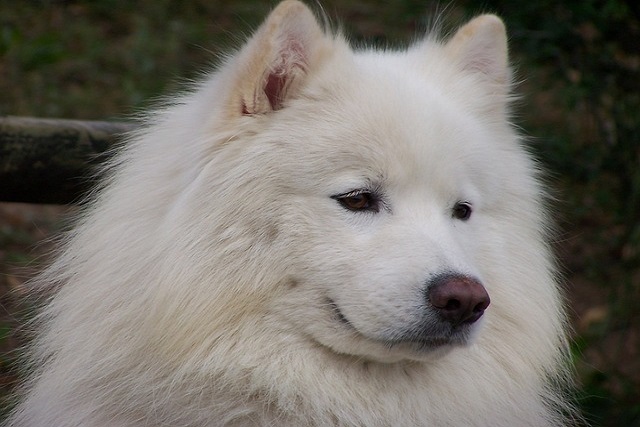
what will seizures do to a dog
Watching your dog experience a seizure is a heart - wrenching sight for any pet owner in the U.S. As a new dog parent, you may be left wondering: What will seizures do to a dog?
Imagine your fluffy Bernedoodle, Charlie, shaking mud across your Seattle apartment after a rainy walk in Discovery Park. Those beautiful curls now hide stubborn mats, and you’re eyeing the clippers nervously. Shaving a dog isn’t like trimming hedges—one wrong move risks cuts or coat damage. Before starting, know this golden rule: most dogs shouldn’t be fully shaved. Their fur is functional armor against sun and temperature swings. But for targeted needs like sanitary trims or mat removal, here’s how to begin safely.
Dog coats are biological marvels. Double-coated breeds like Golden Retrievers rely on their undercoat for insulation and topcoat for UV protection. Shaving disrupts this system, inviting sunburn or permanent fur loss called "post-clipping alopecia." Always consult your vet first—puppies under six months, seniors, or breeds like Huskies often require professional help. When home trimming is unavoidable, your preparation makes all the difference.
Start weeks before the actual shave. Desensitize Charlie to clipper sounds by turning them on during his dinner, scattering chicken bits nearby to create positive associations. Practice handling his paws and sensitive areas with gentle massage sessions. Invest in quality tools: cordless clippers with a #10 guard blade prevent nicks, and blunt-tipped scissors are essential for delicate zones. Remember, less is more—focus only on problem areas like soiled fur near genitals or mats behind ears, never attempting a full-body shave.
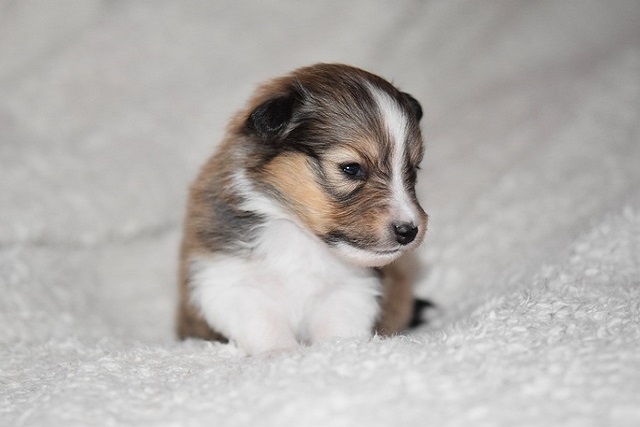
Choose a quiet, well-lit space like your bathroom. Lay down a rubber mat to prevent slips—an anxious dog on tiles is an accident waiting to happen. For sanitary trims, gently stretch skin away from body folds, moving clippers parallel to the surface. Work against hair growth in slow, small sections, pausing frequently to check for pink skin. When removing mats, slide thinning shears horizontally beneath the tangle rather than pulling. If Charlie tenses or pants heavily, stop immediately. Reward calm moments with pea-sized treats every 30 seconds to build trust.
Responsible grooming ties into U.S. pet ownership laws. Ensure Charlie’s rabies vaccine is current—it’s legally required in states like Florida for professional groomers and protects him if he nips during stress. When sweeping trimmed fur from your Chicago balcony, seal clippings in bags—discarded hair violates city sanitation codes and attracts pests. Training ethics are non-negotiable: never pin down or scold resistance. A frozen peanut butter lick mat provides distraction while aligning with modern animal welfare standards that ban force.
Apartment living demands extra mindfulness. Schedule sessions after evening walks when Charlie is naturally drowsy. Opt for quiet tools like Wahl Bravura clippers—your neighbors in thin-walled Boston brownstones will thank you. Keep a handheld vacuum nearby to contain mess in small spaces. Always leash your pup when carrying equipment through shared hallways, and never flush fur (clogged pipes spark costly HOA disputes). Post-trim, apply pet-safe aloe to prevent irritation and bathe him next day with oatmeal shampoo.
For complex cases, seek a Certified Professional Groomer. These experts use "cooperative care"—letting Charlie rest his chin on a mat to signal comfort—reducing trauma. Remember: 90% of "shaving emergencies" stem from preventable matting. Regular brushing with a slicker tool keeps coats healthy, making drastic cuts unnecessary. Charlie’s fur is his shield—handle it with care, and you’ll both breathe easier.

Watching your dog experience a seizure is a heart - wrenching sight for any pet owner in the U.S. As a new dog parent, you may be left wondering: What will seizures do to a dog?
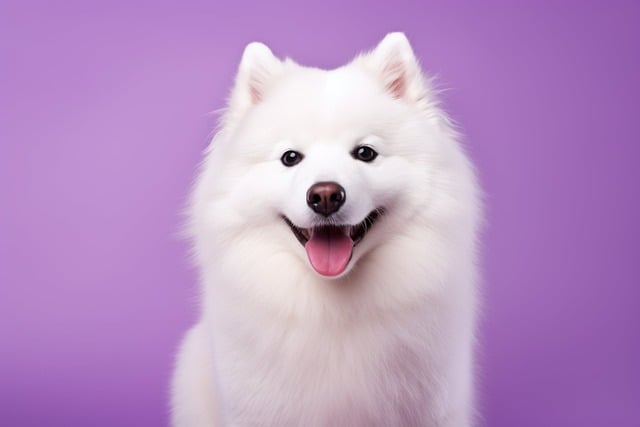
Picture your Beagle, Charlie, suddenly collapsing in your New York apartment kitchen. His legs paddle wildly, jaw chomping at the air, eyes glazed—terrifying, helpless, and utterly disorienting.
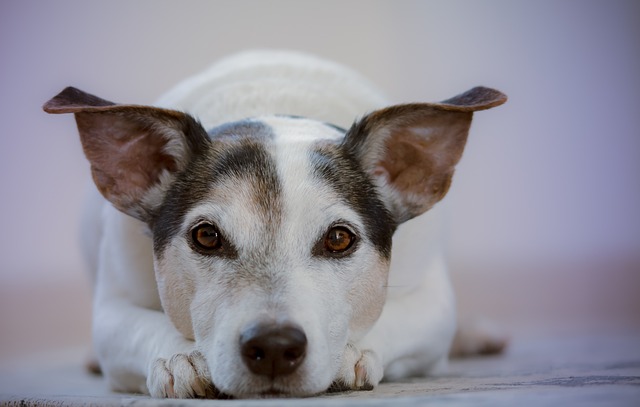
Discovering your dog injured is a heart - stopping moment. Panic might set in, but your calm actions in these crucial moments can make all the difference, both for your pet’s well - being and in complying with animal welfare regulations.
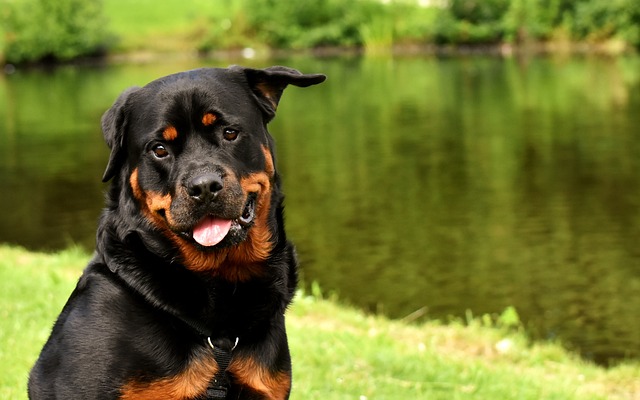
You’ve just noticed your dog showing concerning symptoms like a swollen belly, restlessness, and unproductive vomiting. Panic sets in as you wonder: how long can dogs survive with GDV?

You’ve welcomed a new dog into your home, and as you watch them shy away from visitors or cower at the sight of a friendly face on a walk

For many dog owners, skipping nail trims might seem like a harmless oversight, but it can snowball into serious issues—both for your pet’s health and your legal responsibilities.